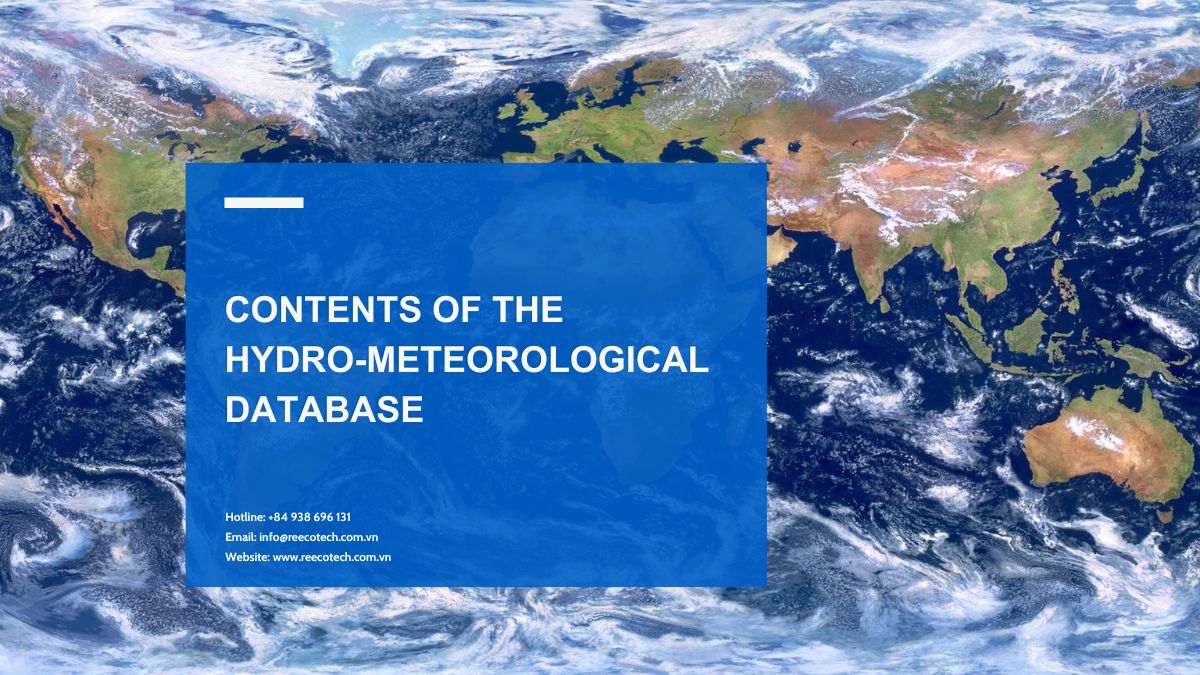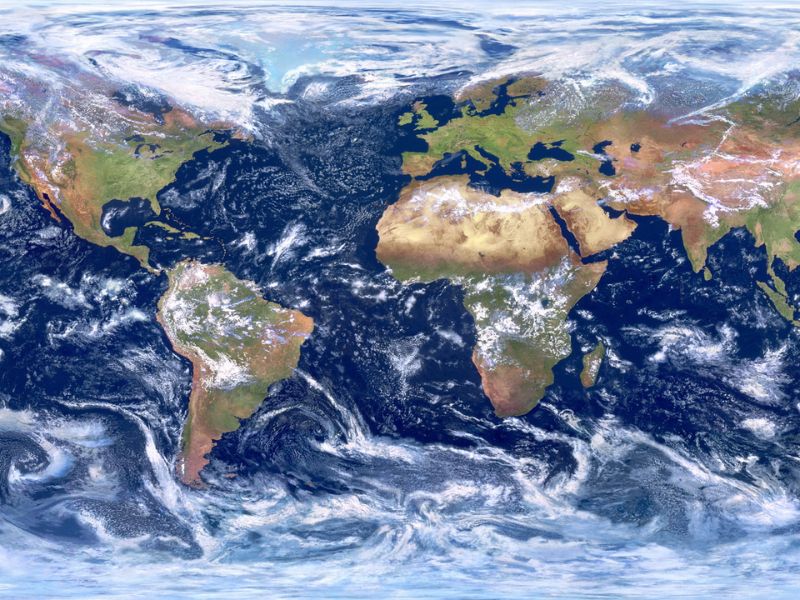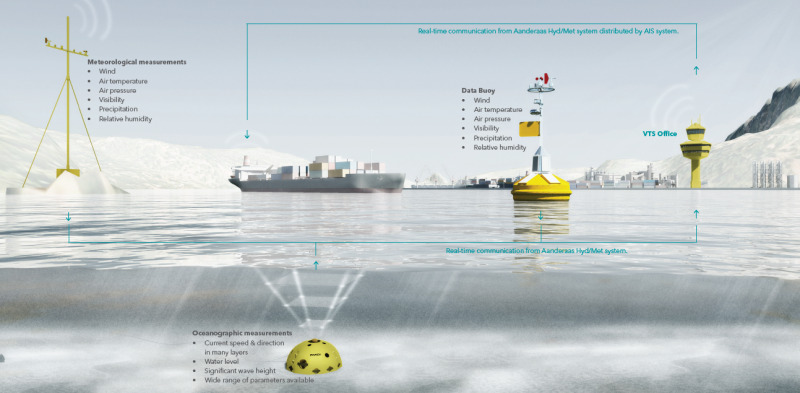Hydrology is the study of water and water environments, focusing on collecting, processing, analyzing, and predicting data related to various types of water, including seawater, groundwater, surface freshwater, and water in the atmosphere. Its significance extends beyond understanding and managing water resources, encompassing flood forecasting, water environment protection, and support for activities such as maritime and aviation transportation.
The importance of hydrology is evident in the following aspects:
- Hydrological measurements: Collecting data on sea level, river flow rates, wind speeds, water temperature, and other atmospheric factors. Hydrological measuring devices include flood alarms, tide gauges, and meteorological and hydrological sensors.
- Weather and flood forecasting: Hydrology plays a crucial role in weather forecasting, tracking low and high-pressure systems, and predicting floods to alert communities and local authorities.
- Water resource management: Hydrology helps monitor and manage water sources, including groundwater, surface water, and other water resources, to ensure sustainable and efficient use.
- Water environment protection: Hydrology monitors changes in water environments, detects fluctuations in water quality, and supports the protection of aquatic ecosystems.
- Support for maritime and aviation transportation: Hydrology provides information on sea conditions and weather, aiding navigation and ensuring safety for ships and aircraft.
5 types of hydrological data
Hydrological data not only serves for creating nautical charts but also plays a significant role in various other applications such as port and harbor maintenance (through dredging activities), coastal engineering (by researching and adjusting beach nourishment and erosion), coastal zone management, offshore resource development, pollution control, offshore energy, and other maritime sectors. Additionally, hydrological data also plays a crucial role in geographic spatial analysis.
In conclusion, hydrological data plays an undeniable role in understanding marine environments and ensuring safety and efficiency in maritime activities. With technological advancements, these pieces of information will increasingly have more potential applications in the future.



